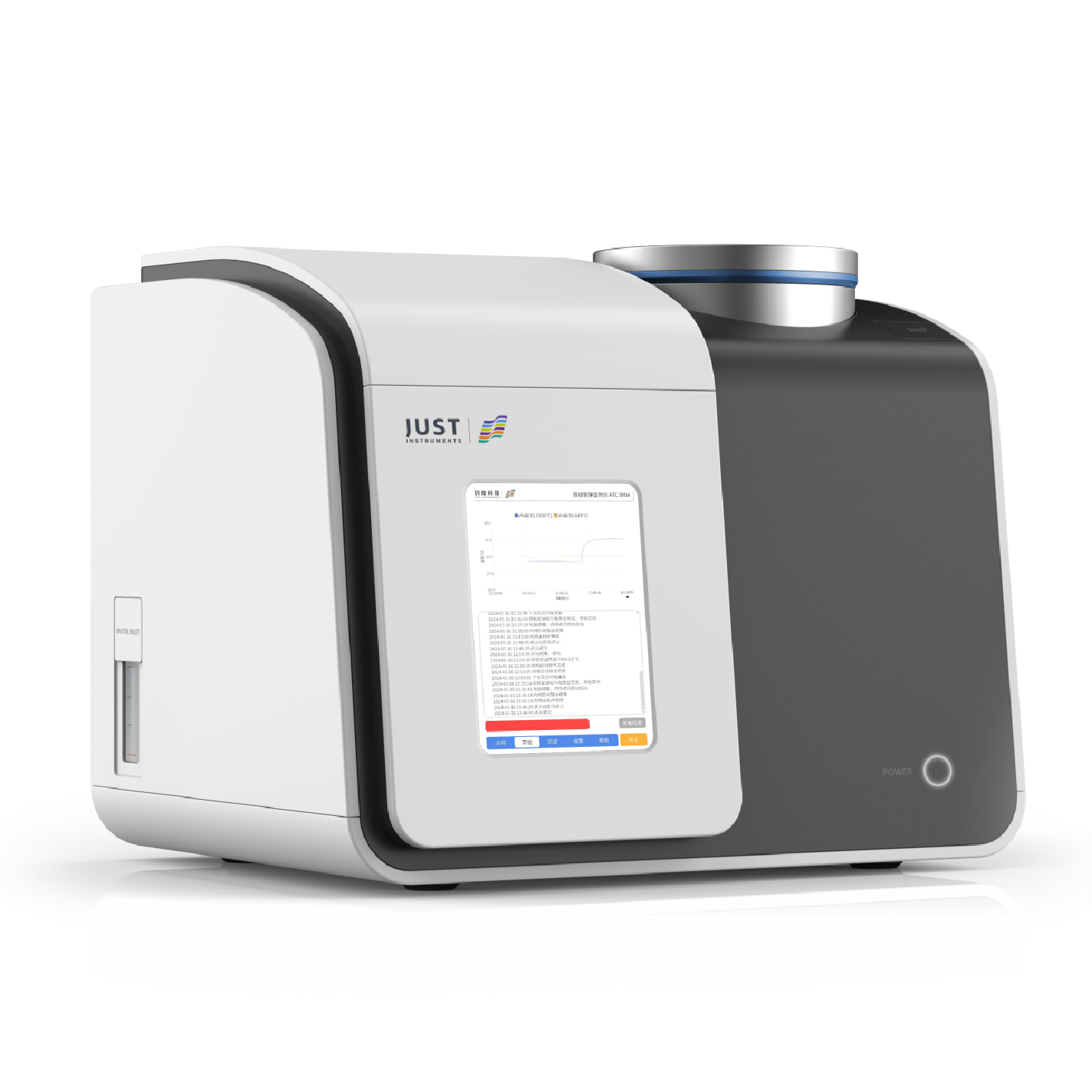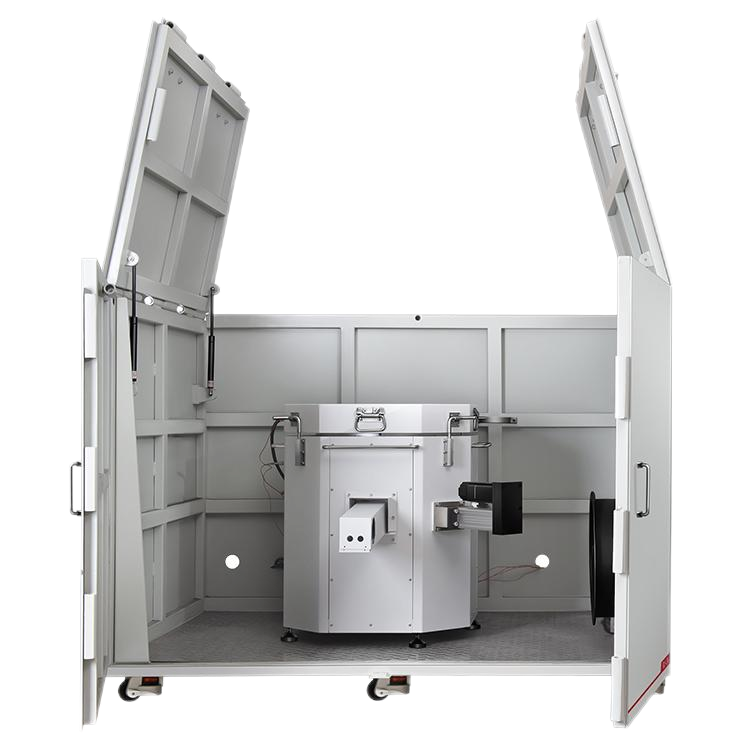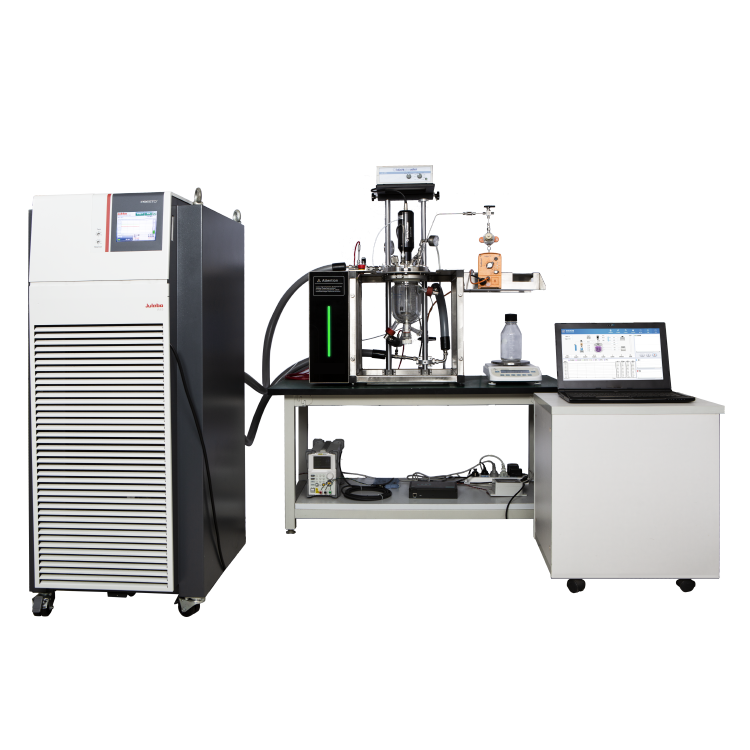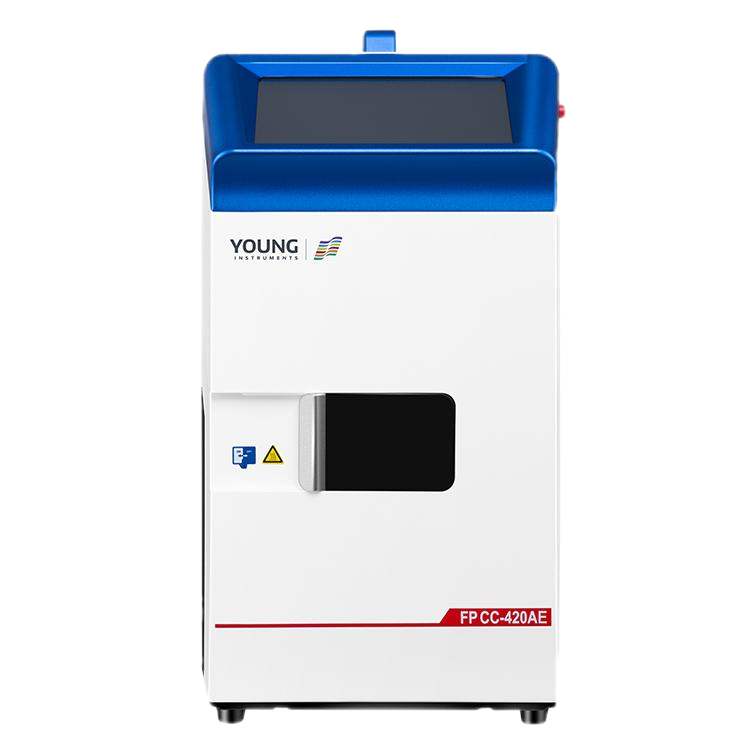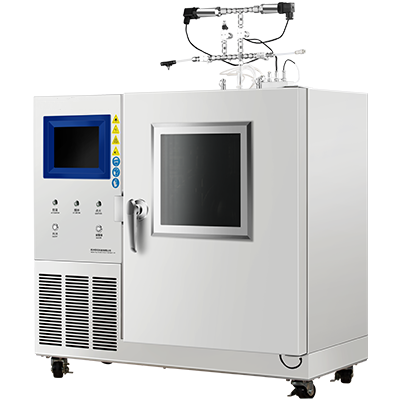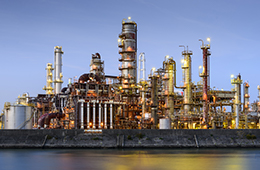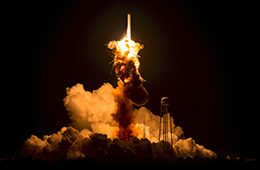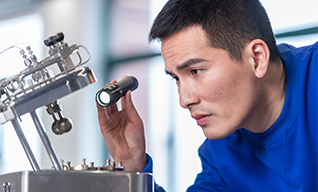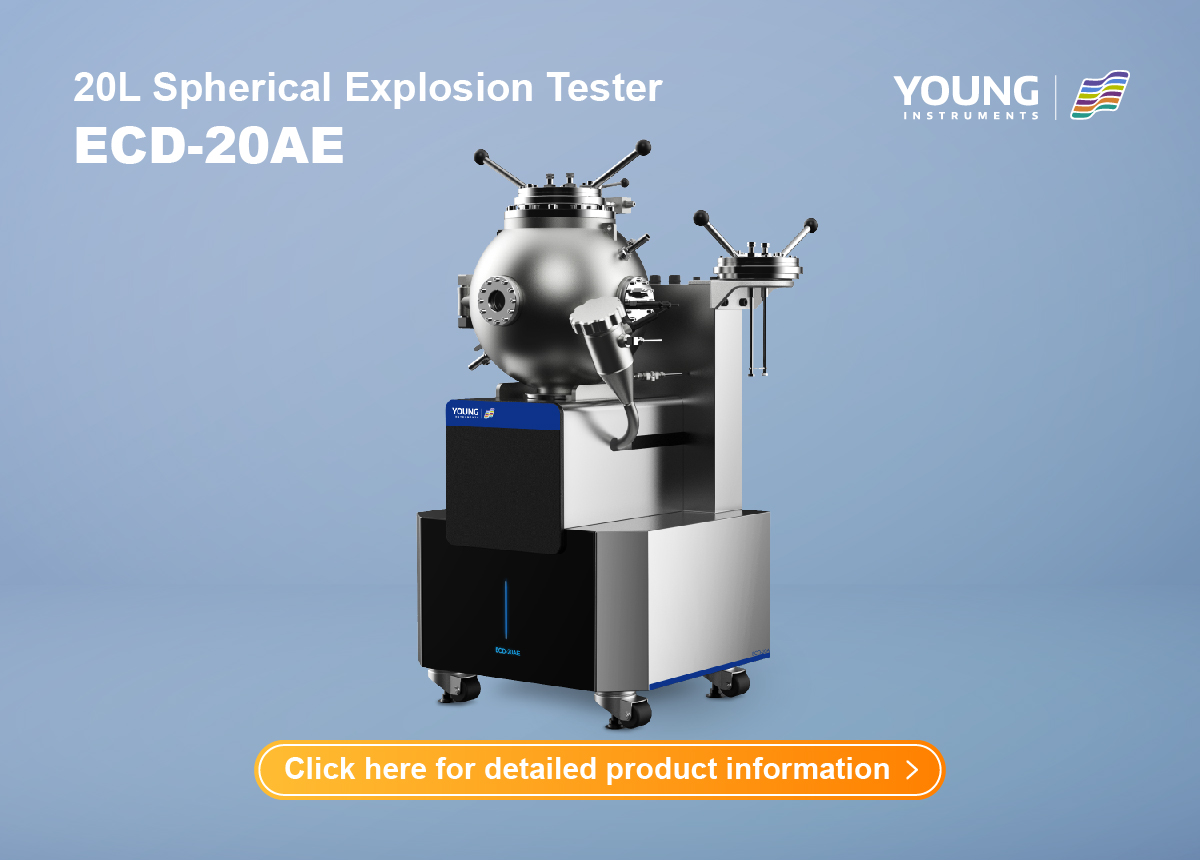Limiting Oxygen Concentration: A Key to Preventing Explosions
Have you ever wondered what prevents an explosion in a potentially hazardous environment? The answer lies in understanding Limiting Oxygen Concentration, a critical safety parameter in industrial settings. Limiting Oxygen Concentration refers to the maximum oxygen concentration at which a combustible gas, vapor, or a mixture of combustible gases and air will not explode when exposed to a spark or ignition source.
What is Limiting Oxygen Concentration?
Limiting Oxygen Concentration is one of the key parameters used to assess the explosion risk of flammable substances. It is defined as the highest oxygen concentration at which a combustible gas or vapor, when mixed with air, will not combust or explode when exposed to an ignition source. This parameter is especially important in industries dealing with combustible gases, vapors, and powders, such as petrochemical, mining, pharmaceuticals, and manufacturing. The ability to determine Limiting Oxygen Concentration helps prevent catastrophic events by controlling the oxygen levels in areas prone to explosion hazards.
The Limiting Oxygen Concentration is closely related to another important explosion-related measure: the explosion limits. The explosion limits describe the range of fuel-to-air concentrations at which combustion is possible, also known as the Lower Flammability Limit (LFL) and Upper Flammability Limit (UFL). Understanding these limits and the Limiting Oxygen Concentration together provides a clearer picture of the safety thresholds in environments that handle volatile substances.
Testing the Limiting Oxygen Concentration: Instruments You Can Rely On
To accurately measure the Limiting Oxygen Concentration, specialized testing instruments are used. These devices offer precision, reliability, and safety, ensuring that safety standards are met in environments with flammable materials. Below are some of the advanced instruments designed for Limiting Oxygen Concentration and explosion testing.
20L Spherical Explosion Tester: Comprehensive Explosion Testing
The 20L Spherical Explosion Tester is designed to determine explosion parameters such as maximum explosion pressure, maximum explosion pressure rise rate, and the explosion index for dust cloud explosions. Although primarily used for dust testing, it is capable of testing gases and gas mixtures as well. The instrument provides precise measurements, including Limiting Oxygen Concentration, and supports various test standards such as ASTM E1226 and EN 14034.
With automatic cleaning and evacuation, the 20L Spherical Explosion Tester ensures that tests are carried out safely without human intervention. The system includes features like remote control for ignition, automatic gas distribution, and real-time pressure and temperature monitoring, making it a reliable choice for industries requiring explosion hazard assessment.
Multiphase High-Temperature High-Pressure Explosion Limit Tester: Ideal for Gas and Dust Testing
The Multiphase High-Temperature High-Pressure Explosion Limit Tester is another advanced instrument tailored for testing both gas and dust explosions. It provides precise measurements of explosion limits, including Limiting Oxygen Concentration, explosion pressure, and the rate of pressure rise. It supports high-pressure and high-temperature testing, making it ideal for industries like lithium battery manufacturing, where high-energy explosions are a risk.
This device is known for its modular design, which allows flexibility in testing different materials. The equipment also features specialized explosion-proof sensors and an automatic control system for gas mixing and stirring, ensuring accurate and safe Limiting Oxygen Concentration measurements.
Explosion Range Tester: Understanding Flammability Limits
The Explosion Range Tester is primarily designed to assess the flammability range of gases or flammable vapors. It determines the Lower and Upper Flammability Limits (LFL and UFL) of gas mixtures, which is crucial for understanding the explosion risks in various environments. The test results serve as vital references for fire risk assessments, especially in industries that handle volatile chemicals.
The equipment has functions such as automatic ignition control, magnetic stirring, and pressure control. Ensure that the test is conducted under stable conditions. The explosion range tester adopts comprehensive safety measures such as oxygen concentration limiting device and pressure relief system. Ensure the safety of personnel during the experiment.
Why Limiting Oxygen Concentration is Essential for Industrial Safety
In industries where combustible gases, vapors, or dusts are handled, knowing the Limiting Oxygen Concentration is essential for preventing explosions. If the oxygen concentration in the air is too high, even a small spark could trigger an explosion. On the other hand, lowering the oxygen concentration below the Limiting Oxygen Concentration ensures that no explosion can occur, even in the presence of ignitable gases or vapors. By maintaining oxygen levels within safe limits, industries can significantly reduce the risk of catastrophic explosions.
This makes Limiting Oxygen Concentration determination crucial for safety protocols. Testing the Limiting Oxygen Concentration helps to create safe operational environments by controlling oxygen levels. In addition to protecting workers, Limiting Oxygen Concentration testing also contributes to the safe design of equipment and the installation of effective explosion protection systems, such as explosion-proof enclosures and oxygen monitoring systems.
Applications of Limiting Oxygen Concentration Testing
Testing the Limiting Oxygen Concentration is critical for a wide variety of industries. It serves as an effective tool to assess the safety of environments containing flammable gases, vapors, and dusts. Key applications include:
Chemical and Petrochemical Industries: In these industries, gases like methane, hydrogen, and other volatile substances are often present. Ensuring that oxygen levels do not exceed the Limiting Oxygen Concentration is critical for preventing gas explosions.
Pharmaceuticals and Food Processing: Combustible vapors from solvents or powders can create hazardous situations. Limiting Oxygen Concentration testing is used to assess the risk and implement necessary safety controls.
Mining and Metal Production: Fine dust, often created during the processing of metals, can be highly explosive. Limiting Oxygen Concentration testing ensures that oxygen levels are maintained at safe concentrations in mines or factories where dust explosions are a risk.
For manufacturers, understanding and monitoring Limiting Oxygen Concentration can provide real-time safety assessments and guide operational protocols for handling volatile substances in controlled environments.
Conclusion: The Ultimate Protection Against Explosions
Limiting Oxygen Concentration is a vital parameter in the effort to prevent industrial explosions. By carefully measuring and controlling oxygen levels in hazardous environments. Industries can significantly reduce the risk of catastrophic explosions caused by flammable gases, vapors or dusts. Instruments such as the 20L spherical explosion tester, multiphase high temperature and high pressure explosion limit tester and explosion range tester provide accurate, reliable and safe testing methods for determining limit oxygen concentration and other explosion parameters.
By investing in state-of-the-art testing equipment and incorporating limit oxygen concentration controls into safety protocols. Industry can ensure it meets the highest safety standards. Limiting oxygen concentration testing is at the forefront of explosion risk assessment, allowing industry to operate with confidence in environments where flammable materials are present. This reduces the likelihood of dangerous accidents.
At Hangzhou Zeal Instruments Science & Technology Co., Ltd., the focus is on providing cutting-edge equipment that meets global safety standards. Whether testing for Limiting Oxygen Concentration or other explosion parameters, their instruments are built to help industries navigate the complex and hazardous nature of combustible environments, providing ultimate protection for personnel and property.







